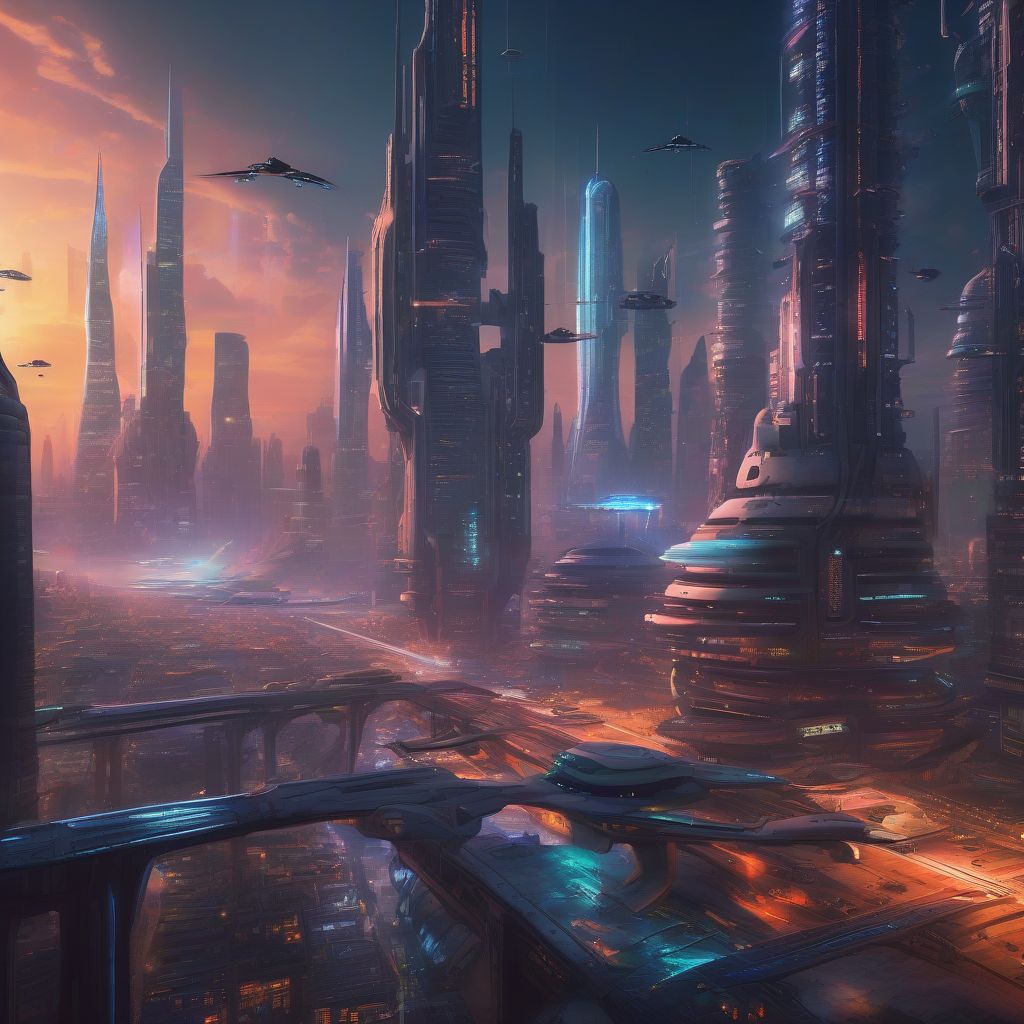Imagine this: you’re settled in for a night at the movies, excited for the latest science fiction epic. You’ve heard whispers of groundbreaking special effects, promising to transport you to distant galaxies and introduce you to creatures beyond imagination. But then, the screen flickers to life, and the magic falls flat. The visuals, while technically impressive, feel hollow, failing to evoke the sense of wonder and awe that defines a truly great science fiction film.
This scenario highlights a crucial point: in the world of science fiction movie reviews, the impact of visual effects extends far beyond mere technical proficiency. While stunning visuals can elevate a film to new heights, their absence or poor execution can just as easily drag it down. So, how do visual effects influence those all-important reviews, and what separates the awe-inspiring from the underwhelming?
From Green Screen to Galactic Overlord: The Evolution of Visual Effects and Their Impact on Reviews
Visual effects have been intertwined with science fiction since the genre’s inception. From the groundbreaking stop-motion animation of Ray Harryhausen’s mythical creatures in “Jason and the Argonauts” to the dazzling practical effects of “Star Wars: A New Hope,” visuals have always been key to transporting audiences to otherworldly realms.
However, the advent of computer-generated imagery (CGI) marked a paradigm shift in the late 20th century. Films like “Terminator 2: Judgment Day” and “Jurassic Park” showcased the awe-inspiring potential of CGI, blurring the lines between reality and fantasy and forever changing audience expectations.
This evolution in visual effects technology has had a profound impact on how science fiction films are reviewed:
- Higher Visual Standards: Modern audiences, accustomed to increasingly sophisticated CGI, have developed a higher bar for visual fidelity. A poorly rendered CGI creature or unconvincing environment can instantly shatter immersion and lead to negative reviews.
- Focus on Seamless Integration: Critics and audiences alike now expect visual effects to seamlessly blend with live-action footage. Glaring discrepancies in lighting, texture, or movement immediately stand out as artificial and detract from the viewing experience.
- Beyond Spectacle: The Rise of Emotional Resonance: While technical brilliance is appreciated, truly impactful visual effects go beyond mere spectacle. Critics now value effects that enhance the story, develop characters, and evoke emotional responses from the audience.
The Good, the Bad, and the Ugly: How Visual Effects Shape Science Fiction Movie Reviews
Let’s delve into specific examples to illustrate how visual effects can make or break a science fiction film in the eyes of critics:
When Visuals Elevate:
- Avatar (2009): James Cameron’s groundbreaking epic transported audiences to the vibrant world of Pandora with its breathtaking, immersive CGI. The film’s critical acclaim, including numerous accolades for its visual effects, solidified the power of CGI to create truly awe-inspiring cinematic experiences.
- Arrival (2016): This thought-provoking film employed minimalist yet stunning visual effects to create a sense of wonder and otherworldly beauty around the alien visitors. The subtlety of the effects served to heighten the film’s themes of communication and understanding.
When Visuals Disappoint:
- The Mummy (2017): Despite a talented cast and intriguing premise, this action-adventure reboot was plagued by unconvincing CGI, particularly during its climactic showdown. Critics panned the film’s reliance on cartoonish, weightless visual effects that detracted from the story’s potential.
- The Last Airbender (2010): M. Night Shyamalan’s live-action adaptation of the beloved animated series faced harsh criticism for its underwhelming visual effects, particularly the depiction of the elements. The poorly rendered bending effects failed to capture the magic and fluidity of the source material, leaving audiences disappointed.
 Science Fiction Movie Scene
Science Fiction Movie Scene
Beyond the Pixels: The Essential Elements of Effective Visual Effects in Science Fiction
It’s clear that visual effects can make or break a science fiction film’s reception. But what are the key factors that differentiate truly impactful visual effects from the forgettable or, worse, detrimental ones?
1. Story as the North Star:
Effective visual effects always serve the story, not the other way around. The most stunning CGI spectacle falls flat if it doesn’t enhance the narrative, develop characters, or contribute to the film’s overall themes.
2. Seamless Integration:
The best visual effects are invisible, seamlessly blending with live-action footage to create a cohesive and believable world. Attention to detail in lighting, texture, and movement is crucial to avoid the jarring “uncanny valley” effect.
3. Evoking Emotion:
Beyond technical proficiency, truly memorable visual effects elicit emotional responses from the audience. Whether it’s the awe-inspiring beauty of a distant planet or the chilling terror of an alien creature, impactful visuals resonate on an emotional level.
The Future of Visual Effects and Their Enduring Impact on Science Fiction Cinema
As technology continues to evolve at an astonishing pace, the possibilities for visual effects in science fiction are limitless. Virtual reality, augmented reality, and increasingly sophisticated AI-powered tools are poised to revolutionize filmmaking, creating even more immersive and boundary-pushing experiences.
However, amidst these exciting advancements, the fundamental principles of effective visual storytelling will remain paramount. The most successful science fiction films will continue to prioritize story, character, and emotional resonance, leveraging the power of visual effects to transport audiences to new worlds and spark their imaginations.
The Final Frontier of Filmmaking: A Collaborative Endeavor
Ultimately, the impact of visual effects on science fiction movie reviews highlights the collaborative nature of filmmaking. Directors, writers, visual effects artists, and countless other talented individuals must work in harmony to create a cohesive and compelling cinematic experience.
When this delicate balance is achieved, the results can be truly magical. Science fiction, with its boundless capacity for imagination and innovation, will undoubtedly continue to push the boundaries of visual storytelling, captivating audiences and inspiring future generations of filmmakers.
[amazon bestseller=”Science Fiction”]
